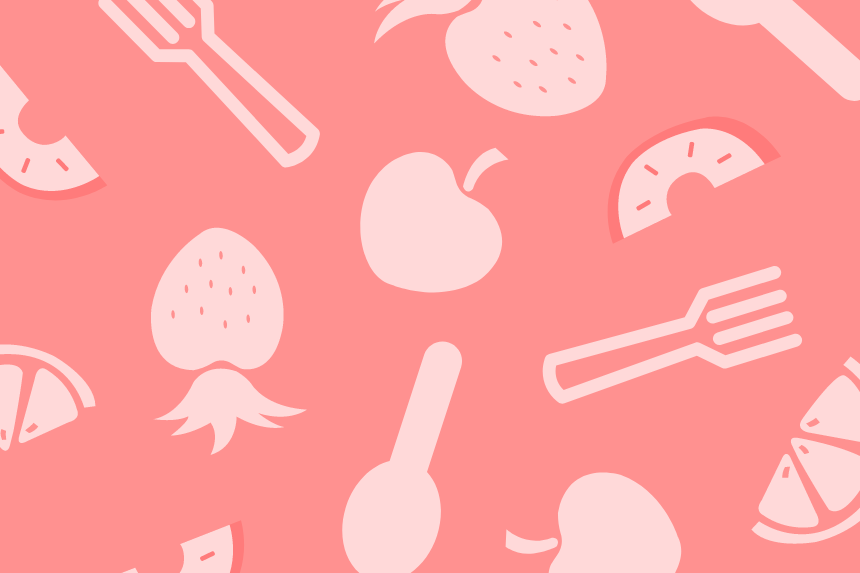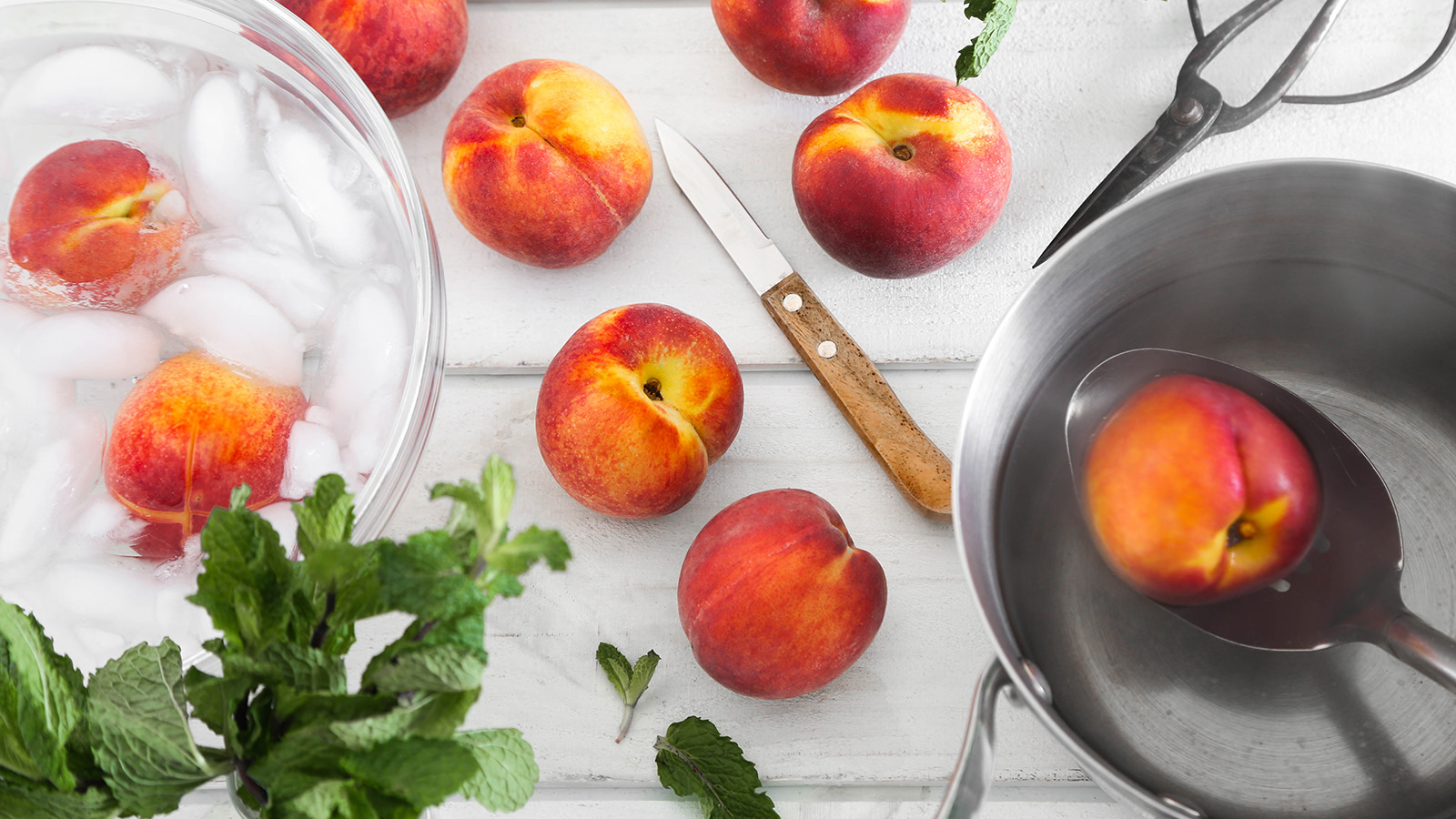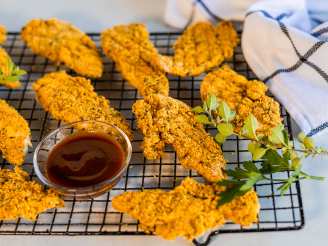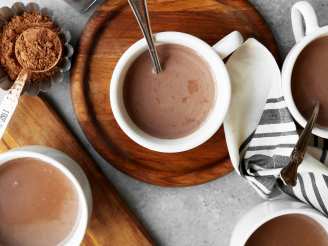Dominican Caribbean Sancocho With 3 Meats

- Ready In:
- 2hrs 30mins
- Ingredients:
- 18
- Yields:
-
1 1/2-2 gallons
- Serves:
- 16-24
ingredients
- 1 -2 lb chicken thigh, and leg, cut into large bite size pieces, include the pieces with bone
- 2 (15 ounce) cans beef broth
- 3 1⁄2 ounces chorizo sausage (if there is no chorizo then I would use a bit of pepperoni)
- 1 malanga, medium size (coco)
- 1 yucca root, medium size, cut into 1-inch cubes, 'wire' removed 1/4 pumpkin squash, cut into 2-inch lengths
- 1 green plantain, cut into 1-inch pieces
- 2 chayotes, cut into 1-inch pieces
- 2 potatoes, cut into 1-inch pieces
- 2 -4 corn on the cob, cut into quarters
- 1 onion, chopped
- 1 -2 garlic clove, minced
- 1 stalk celery, cut into 1/4-inch slices
- 2 bay leaves
- 1⁄4 teaspoon oregano
- 1⁄2 teaspoon cilantro
- 1 chicken bouillon cube
- 1 1 teaspoon capers or 1/2 teaspoon lemon juice
- 1⁄4 teaspoon cumin
directions
- Wash and Cut up the chicken pieces into large bite size pieces. If you usually sear chicken before putting it in water to cook, then do so. Otherwise just put the chicken in a saucepan of water and bring it to a boil, and then lower the heat and let it simmer for about 1/2 hour while you peel and cut the roots.
- Peel and cut the malanga, yucca, plantain, chayote, and potato into large bite sized pieces. Peel and cut the calabaza or pumpkin type squash into 2 or 3x1" lengths. Cut the corn on the cob into 4 pieces each. Cut and chop garlic and onion. Cut celery into 1/2" slices crosswise. Celery leaves are optional.
- Skim off the stuff from the chicken broth. Then transfer chicken and broth to a large pot. Slice the chorizo crosswise into 1/2" rounds. Add the chorizo and bring to a boil. Lower the heat to medium.
- Add the larger roots and veggies, more water to cover, and then the smaller onion, garlic and celery, and then the seasonings. Bring to a boil and then lower to simmer for about 30 minutes. Taste and adjust seasoning. Continue to simmer until the potatoes test done by putting a fork through.
- Turn the heat off and serve,, one piece of corn cob with each serving.
Questions & Replies
Got a question?
Share it with the community!
Reviews
Have any thoughts about this recipe?
Share it with the community!
RECIPE SUBMITTED BY
I minored in anthropology in college, and food is part of a culture,, so I'm interested in various ethnic foods. I'm on a restricted diet, however, and I'm not a great chef,, so I look for simple dishes without milk products, too much hot spices, grease, and now I've been diagnosed diabetic too!
Quite a challenge sometimes to work out a menu for myself, within my budget too! So I've come here to see if I can find, and share, interesting foods and menues.
I am more familiar with American cowcountry foods, some Polish foods, Caribbean cuisine. Asian food is low sugar and no dairy, though there are exceptions. I've had the privilege to sample foods from Kenya, Korea, Ethiopia, Soul food. I want to taste the world! My family has had, at one time, enough land to have a large garden, fruit trees, berry bushes, rabbits, and a couple of Bantam chickens. I don't have that at the moment, but I do grow some herbs in pots inside. Fresh herbs are not only tastier but cheaper than dried.



